
I needed a quick project that I could wrap up between animation assignments. This Thick-headed Fly seemed like the perfect subject matter. This was a bit unusual for me because I pulled out the gouache paints for a few things late in the painting. Typically I do everything in transparent watercolor. On this one I wanted to add some colored hatching to portions of the leaf, specifically the white edge to the leaf and some of the orange line work on the bottom of the leaf.
Thick-headed Flies are interesting insects. Like the bees and wasps they resemble, they eat pollen and nectar from plants. When I was first photographing this insect, I thought it was a wasp. As I got in close with the macro lens, I noticed that it had halteres, rather than hindwings, which you’d expect to see in bees and wasps. In the painting you can see a small whitish sphere under the wing. Because of the angle, it’s facing right at us, so it isn’t a great view. At most angles they look like a ball on a stick. That’s one of the two halteres found in dipterans, the true flies. Halteres are vestigial wings that are shrunken down and act as mobile counterweights during flight. True flies have only forewings and a set of these counterbalances. Interestingly, all true flies, like the “Fruit Fly,” have two wings and are named with “Fly” as a separate word. Any of the animals with a “-fly,” like Dragonfly, Damselfly and Dobsonfly, aren’t true flies.
There are numerous species of thick-headed flies. They all mimic bees and wasps to avoid predation. No one wants to mess with a stinger and a bad attitude. But wait, there’s more! The strangeness doesn’t end there. All thick-headed flies are parasitic. Adult females will attack bees in flight, grabbing them and then injecting an egg into the abdomen of the victim using a harpoon-like ovipositor. The developing larvae eats the hemolymph of the host, eventually eating other organs. Strangely, in many cases the parasitic larva causes a behavioral change in its host. The bee starts digging itself into the ground until it is buried. The host dies while the larvae inside pupates in the safety of its underground home, emerging from the host’s decaying body and the dirt ready to start the lifecycle anew. Truth is sometimes stranger than fiction. It would have been suitable for an old episode of the “X-files.”

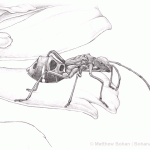
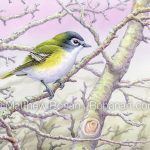
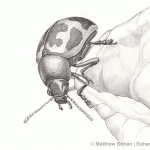

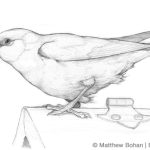
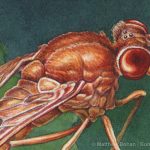
Leave a Reply